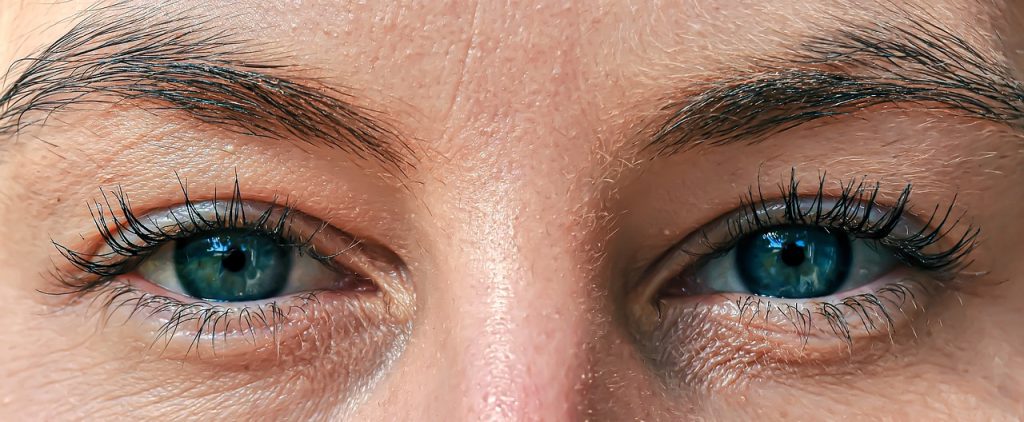According to EMDRIA.ORG, Eye Movement Desensitization and Reprocessing (EMDR) therapy is an extensively researched, effective psychotherapy method proven to help people recover from trauma and other distressing life experiences, including PTSD, anxiety, depression, and panic disorders.

EMDR (Eye Movement Desensitization and Reprocessing)

What is eMDR Therapy?
The American Psychiatric Association, the American Psychological Association, the International Society for Traumatic Stress Studies, National Alliance on Mental Illness, the Substance Abuse and Mental Health Services Administration, the U.K. National Institute for Health and Care Excellence, the U.S. Dept. of Veterans Affairs/Dept. of Defense, The Cochrane Database of Systematic Reviews, and the World Health Organization among many other national and international organizations recognize EMDR therapy as an effective treatment.

Eye Movement Desensitization and Reprocessing (EMDR) is a therapy that encompasses multiple phases in working towards healing your brain naturally on its own.
How is EMDR therapy different from other therapies?
EMDR therapy does not require talking in detail about the distressing issue or completing homework between sessions. EMDR therapy, rather than focusing on changing the emotions, thoughts, or behaviors resulting from the distressing issue, allows the brain to resume its natural healing process.
I am text block. Click edit button to change this text. Lorem ipsum dolor sit amet, consectetur adipiscing elit. Ut elit tellus, luctus nec ullamcorper mattis, pulvinar dapibus leo.
EMDR therapy is designed to resolve unprocessed traumatic memories in the brain. For many clients, EMDR therapy can be completed in fewer sessions than other psychotherapies.
Laying the Ground Work
With clients it’s important to work on ourselves and learn about what it is that could be impacting our ability to be healthy and happy. What if you found out that what was holding you back in life was only yourself? What if you could physically (with help) heal your brain, and improve your overall health.
EMDR is a therapy that research has studied with PTSD war veterans, and has proven to be quite effective. More and more research with EMDR is still underway, but with all the personal experiences of watching other people’s improvements in therapy it is quite astounding!
The eMDR Process
How Does it Work?
This form of trauma treatment utilizes bilateral stimulation of the brain with eye movements causing a neurological response in the brain. It’s helping the brain to move information from the amygdala (emotional response of the brain *i.e. fight, flight & freeze response) to make the proper connections with the hippocampus (i.e. memory stores in the brain) and the prefrontal cortex (where analytical and logical thinking occurs in the brain). These connections help the brain be able to access information from past memories and logical thinking area of brain to re-consolidate information in the brain after making those connections.
For example, when an individuals’ emotions are high and responding like there’s a threat “the amygdala is running the show”. This is to help people survive when danger is present, thus, pushing hormones throughout the body to react quickly. Brains are setup this way for a fast response to help keep us alive, but sometimes that emotionally-arousing (and possibly traumatic) information stays in the amygdala because it’s perceived as a threat. How do you ask can this cause issues? Well, generally individuals are finding that in certain situations they react emotionally instead of thinking things through with some topics.
According to EMDRIA.ORG, certified EMDR therapists have noted positive changes in less time with EMDR processing and it’s provided even more skills and progress compared to many talk-therapy sessions. Also, they have noted that common methods of talk therapy could re-traumatize an individual, but EMDR helps clients to process trauma more efficiently in less time.
** For more information, please read this article on EMDRIA.org for further questions and videos on the topic.

Dissociative Symptoms

Dissociation Concerns
Have you ever driven home and suddenly realized you are further in your drive than you last recalled? Disconnection from a person’s surroundings is just one of the many possible symptoms that can accompany dissociation.
Dissociation is a separation of a person’s thoughts, feelings, memories and surroundings which can also affect a person’s sense of identity and/or their perception of time.
 Not everyone experiences dissociation frequently, but when they do it can become more of an issue with daily life or functioning within society. First and foremost, what is dissociation?
Not everyone experiences dissociation frequently, but when they do it can become more of an issue with daily life or functioning within society. First and foremost, what is dissociation?
According to the dictionary, dissociation is a break or a disconnect.
This can happen in a person’s thoughts, feeling, surroundings, and emotions that can disrupt your perception of time or identity. It can go away on its own in hours, days, or weeks. Some individuals notice it happens to them more than others, and in extreme cases trained therapists can explore a type of dissociative identity disorder.
Treatment Process
Get Reconnected
Dissociative symptoms can happen on a continuum. Some dissociation from part of a car drive (i.e. when you suddenly feel like you are further in drive than you thought you were) can be normal, but it’s when it starts to impact a person’s ability to get through the day that it becomes more of a problem.
Starting from brief moments of “zoning out” (i.e where a person is disconnected from what people are saying, things they’re doing, and sense of time can be lost) to having other individuals telling them things they did or said something that they don’t remember doing while they were not under influence of substances.
With therapy this person can discover how their body’s physiological response is more of a protective mechanism to keeping them safe and mentally stable, and how they can adapt to more healthy ways of coping. First taking examples of past disclosures and discrepancies, and targeting deep-routed patterns of the brain’s maladaptive processing that can be replaced with positive ones together in and outside of sessions.
Losing Track of Time?
This can be a symptom

